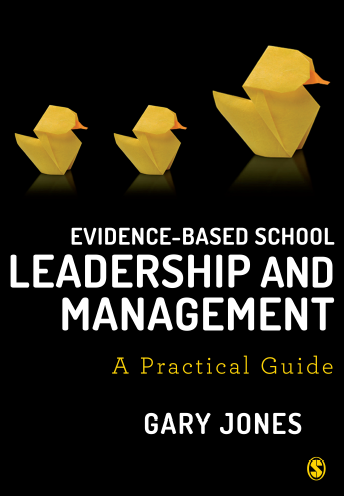One of the challenges faced by school
research leads is the need to engage with colleagues who have different views
about the role of evidence in bringing about improvement. Indeed, these different views are not likely
to be restricted just to the role of evidence, they are also likely to include
differing views about the research evidence itself. What’s more in a widely cited article (Nyhan & Reifler, 2010) show how attempts to correct misconceptions through the use of
evidence frequently fail to to reduce the misconceptions held by a
target-group. Indeed, these attempts at
correcting misconceptions may inadvertently lead to increasing misconceptions
in the target-group i.e the so-called back-effect
Now if there is a ‘backfire effect this
could have profound implications for both evidence-based school leaders and
school research leads as they attempt to engage in dialogue to correct the
misconceptions which may be held by colleagues about research. This is extremely important as it is
necessary to know whether it is possible to engage in constructive dialogue
where misperceptions can be corrected. If this is not the case then school research
leads will need to give careful consideration to how they go about
disseminating scholarly research, as it may lead to major opinion formers
within a school having an even less favourable view of research as a means of
bringing about improvement.
However, there may be an even bigger issue
- the ‘backfire effect’ may not exist at
all, and even if it does it may well be the exception rather than the norm. In a peer-reviewed paper, (Wood & Porter, 2016) present results from four experiments involving over 8000 subjects,
and found that on the whole individuals tended to take on board factual
information even if this information challenges their partisan and ideological
commitments.
What are the implications for you, as
you attempt to develop a school climate and culture based of evidence use.
First, as (Wood & Porter, 2016) noted the back-fire effect appeared to be a product of question
wording, so this would suggest that it’s important to really think through how
information is presented to colleagues and how subsequent questions are
phrased.
Second, Wood and Porter note
that in general respondents tend to shy away from cognitive effort and will
deploy strategies to avoid it. Whereas
as the backfire effect relies on substantial cognitive effort by developing new
considerations to offset the cognitive dissonance generated by the new
information. However, the research
which has identified the back-fire effect often took place in university settings
where the respondents, be it students or teaching staff often take great
delight in cognitive effort. Indeed, the
school staff room may have a number of similarities with experiments taking
place in university settings. As such,
schools may be particularly prone to seeing a disproportionate number of
incidents to the ‘back-fire effect.
Third, Wood and Porter note that their findings are not without
limitations, for example, just because individuals have been presented with
information to address their misconceptions, does not mean that that this
information has been retained.
And finally, it’s important to note that even when relatively new ideas and
concepts breakout from the academy and reach the public domain, that does not
mean they should be taken as ‘gospel’ but rather should be seen as something
which has more than surface plausibility.
That said, even when things are plausible that does not mean it is the
only explanation for what is taking place.
References
Nyhan, B.,
& Reifler, J. (2010). When corrections fail: The persistence of political
misperceptions. Political Behavior, 32(2),
303-330.
Wood, T., & Porter, E. (2016). The elusive
backfire effect: Mass attitudes' steadfast factual adherence.
